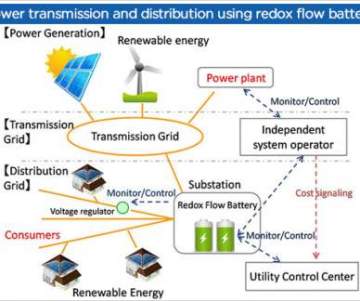
Introduction:
The introduction of renewable energies such as solar power and wind power has recently been promoted to increase the use ratio of zero-emission power sources for the realization of a low-carbon society. Meanwhile, the “Green New Deal,” which was released soon after Obama’s inauguration as U.S. president in 2009, raised worldwide public concern over next-generation power supply networks (a smart grid, and so on). Since then, research and development of new electric power infrastructures and related electrical equipment have been promoted. Further, the March 2011 Great East Japan Earthquake and the subsequent accident at the Fukushima No. 1 nuclear power plant amplified the public’s expectations for the construction of an electric power infrastructure that does not primarily depend on nuclear power generation and alternatively increases the use of renewable energies. However, the electric power generated by solar and wind depends on weather conditions, and therefore the output fluctuates. Connecting large numbers of renewable power plants to the electric power network without taking any measures against their unstable output will cause problems, including rise of voltage, frequency fluctuations, and surplus power generation.
Various solutions to the above problems have been proposed. These proposals should meet the requirements for the construction and operation of (1) an environmentally conscious system, (2) a system that ensures a stable supply of high-quality power, and (3) a safe and efficient power supply system. “A technology that can interconnect zero emission, safe solar and wind power plants efficiently at low cost with keeping the quality of electricity” is essential to realize these requisites against the above prevailing social background. Energy storage technologies, battery technologies, are drawing attention as a solution to the above requirements. Storage batteries are expected to expand their use in the fields shown in Fig. 1. Sumitomo Electric Industries, Ltd. began to develop a redox flow battery(1) in the 1980s. Since then, Sumitomo Electric has carried out several demonstrations to confirm the usefulness of redox flow batteries in stabilizing the supply of renewable energy. This paper describes the outstanding features of redox flow batteries and reviews the demonstration test results.
Click on the above icon for the FULL PDF version
